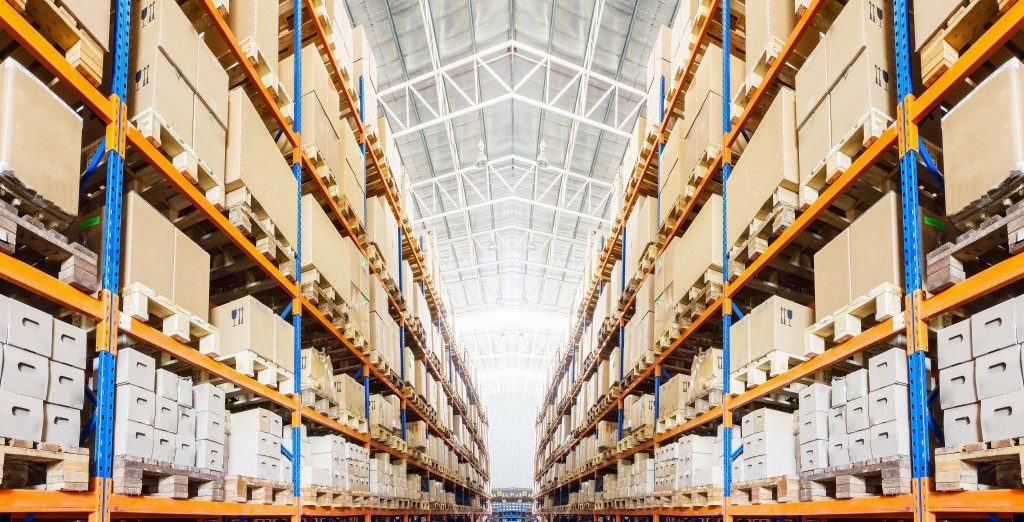When you’re managing a warehouse, you’re keenly aware that as business improves, it brings in more products, which in turn can factor in more complications to your established inventory management and space organization practices. It’s a challenge that your business is glad to have, so here are four ways to take control and maintain the efficiency of your operations:
Optimize cubic space
Your team might be used to handling things a certain way, with designated areas for workflow activities such as packing and forklift operation, and the rest set aside for storage. It doesn’t mean that this is always the optimal use of your warehouse space.
If your warehouse has started to handle an increasing number of products of different sizes, a reconfiguration of space can easily yield improvements in efficiency. Scale your commercial pallet racking to match the respective numbers of different-sized packages so that you don’t waste racks on holding smaller items.
Maximize functional area productivity
Even without a formal product analysis, most of your workers will be familiar with the products that get shifted regularly. As a rule, the Pareto principle can apply here; this means that roughly 80% of warehouse activity involves 20% of the fast-moving items.
With this in mind, you can set about designing a functional area where scheduled replenishment is done according to the highest demand, and most of the receiving, picking, and packing functions can be concentrated here. In this area, ensuring that pickers minimize walking distances and fast-moving SKUs are quickly replenished can immediately bring significant benefits to your overall efficiency.
Establish and measure performance
In any business, consistent performance improvements are achieved through a deliberate effort. This begins by measuring and setting standards, having clearly defined targets and objectives, and regularly providing feedback to employees on their performance and the overall efficiency of your warehouse.
Key performance indicators (KPIs) are a way to help your employees relate their performance to critical productivity measures. With a clear set of expectations, each worker knows that if they reach their goals, it will drive the business forward. Ensure that frontline managers are making use of this data to update and train their workers effectively.
Implement technological advances

There are many ways technology can boost warehouse productivity, ranging from small-scale to organizational. It usually comes down to cost-effectiveness; your team might already be employing an existing solution in some aspects, so is it worth making the upgrade?
For example, barcode scanning for automatic identification and data collection seems like visible process improvement. However, as many as 30% or more of warehouses can still be hesitant to introduce this feature. Part of that is due to the system’s cost; you don’t just buy a scanner; you’ll need wireless infrastructure to support it, and a sound warehouse management system to maximize its benefits. But this system, in turn, can help analyze performance, generate efficient picking routes, and report on inventory movement. Ultimately, balking at the upfront cost can mean missing out on long-term benefits that far exceed the initial investment.
The various moving parts in the supply chain might not fully grasp how important it is to maintain an efficient warehouse operation, but you do. Stay on top of matters by always being aware of opportunities for improvement and knowing when to make these adjustments.




